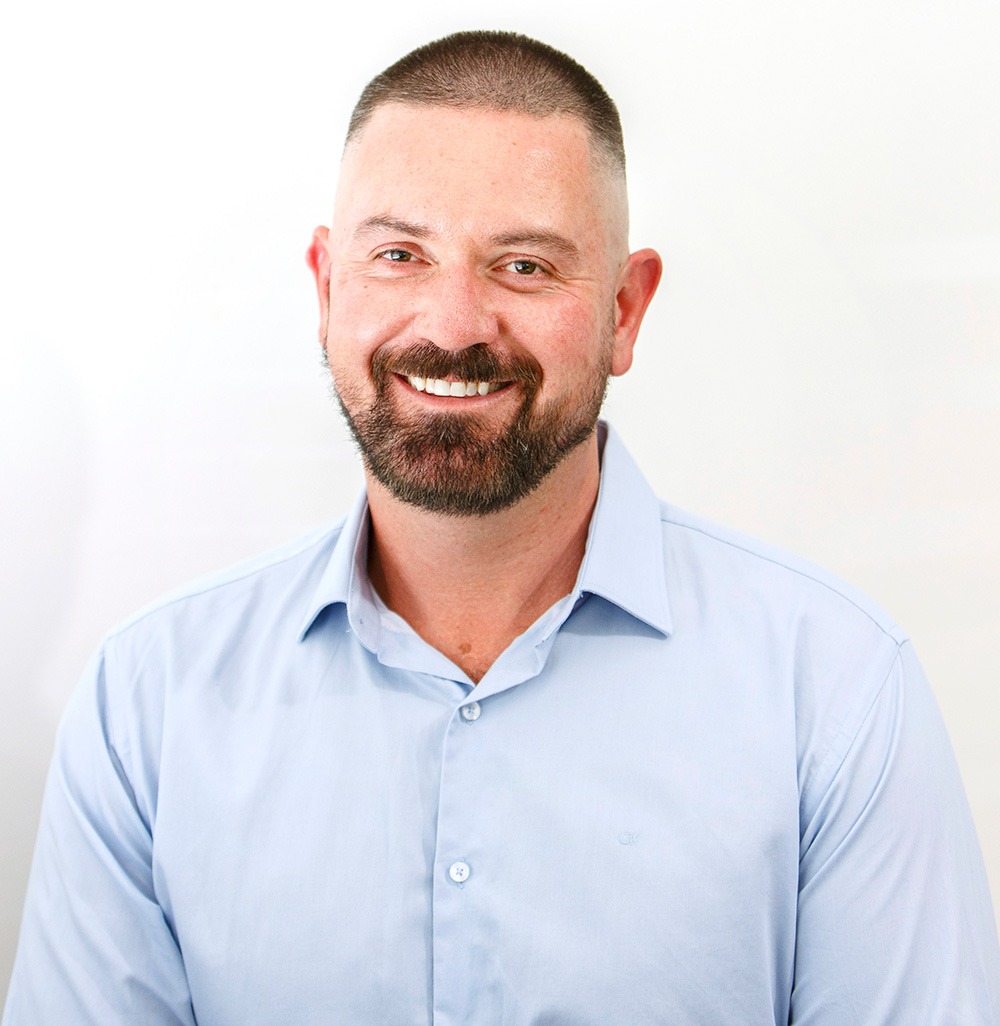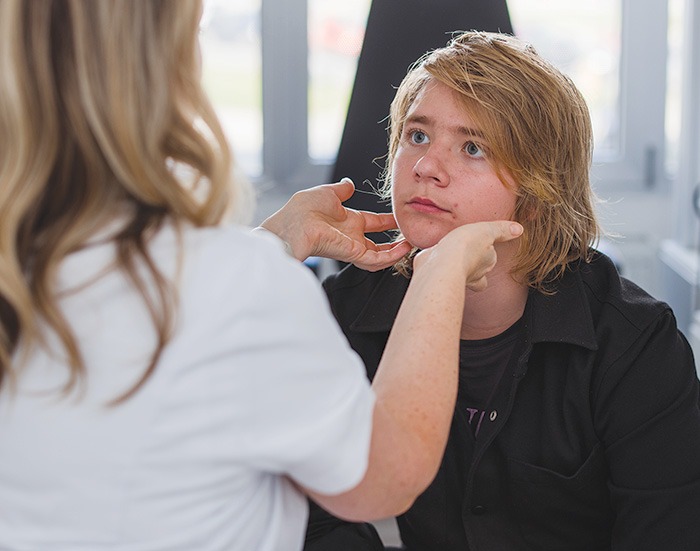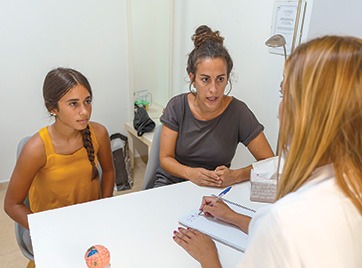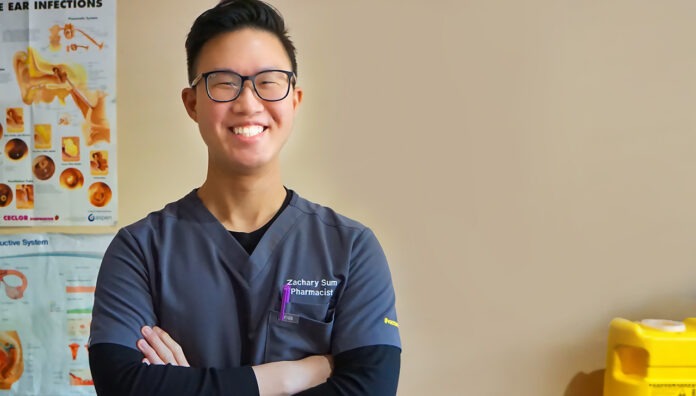Earlier this year, a nation-wide news poll conducted by the Royal Australian College of General Practitioners (RACGP) found most General Practitioners (GPs) think patients would benefit from a multidisciplinary care team, including pharmacists, psychologists, and credentialed diabetes educators.
Allowing practices to grow their teams would improve access to care for all Australians, said RACGP President Dr Nicole Higgins.
‘Studies have shown having a pharmacist in the practice team improves the quality of prescribing and reduces costs for patients by supporting quality use of medicines and deprescribing initiatives,’ she said.
‘Some practices already employ practice-based pharmacists’ she said, recommending that there be dedicated funding in the Federal Budget ‘to support more practices to do so’.
For those looking to enter this area of practice, Zachary Sum MPS FANZCAP (Derm., Surg.) – General Practice pharmacist (GP pharmacist) and member of the business development team at Melbourne’s Eden Rise Family Clinic – has some sage advice.
Do some background research
For those considering a career as a GP pharmacist, Mr Sum advises immersion in the world of general practice.
A good place to start is subscribing to newsletters from:
‘These platforms provide pharmacists with inside news about how general practice and GPs function as a whole,’ he said.
Pharmacists can also gain insight into the challenges GPs are currently facing, including the long-standing Medicare rebate freeze and general decline in bulk billing practices.
‘This can help pharmacists think of new ideas for helping GPs solve their current industry challenges,’ Mr Sum said.
It would also be beneficial to consider how the skills you have as a pharmacist can benefit the community you intend to look after. This includes considering whether patients:
- come from a disadvantaged community
- are culturally or gender diverse
- are First Nations people.
‘Creating pharmacist-led value for the communities served by the GPs includes trying to reduce some of the poorer health outcomes associated with these populations, such as lack of access to, and general knowledge about medicines,’ he said.
Beef up your business skills
Every GP and practice operates differently, with different business structures, patients, and teams.
Outside of the traditional GP pharmacist roles of performing medication reviews, drug use reviews and providing education to doctors and patients, there are other non-clinical tasks that may be required.

‘There are the smaller, process-oriented, business-related tasks unique to each practice,’ said Mr Sum.
‘[Some of] the skills I’ve gained are more administrative, so I can help to make changes to the way the clinic’s administration is performed, how staffing is recruited, how we manage people, and how we manage and contact our patients.’
Remember, becoming a GP pharmacist is an iterative process, full of on-the-job learning and growing.
‘As you become more proactive in the role, you’ll create new services, alter your service delivery, change the type of services offered, or do something different altogether,’ he said. ‘The end goal is still to give value to the GPs and patients, and to support the community.’
Get in good with the government
Gaining in-depth knowledge of the Australian healthcare system can help pharmacists tailor their services.
‘We may be very familiar with the Pharmaceutical Benefits Scheme, but we also need a fundamental understanding of how the Medicare Benefits Schedule works, because that’s how doctors operate,’ said Mr Sum.
‘Understanding the different levels of government within the healthcare system can help GP pharmacists provide medicines management services that could be curated to benefit the community.’
Primary Health Networks (PHNs) are another good source of community health data and job opportunities.
‘I would advise anyone who wants to become a GP pharmacist to get involved with their local PHN, and see what’s out there in terms of collaborative opportunities,’ he said.
‘Some PHNs have collaborated with the PSA to increase pharmacist presence within general practice, which is a great partnership for building workforce capabilities within the primary healthcare setting.’
There are currently several programs and pilots in various jurisdictions trialling pharmacists in general practice which interested pharmacists should look into, including:
Prepare for big responsibility, fast
A key challenge Mr Sum faced when becoming a GP pharmacist was being entrusted by GPs to make medicine-related decisions for patients.
‘Not only did I have to make informed decisions about medicine use, I also needed to be confident and firm in my choices.’
Because doctors tend to be time poor, they prefer clinical communication to be swift and objective.
‘There’s no wiggle room for, “maybe we can try this medication”,’ said Mr Sum.
Instead, when a GP asks for a clinical perspective, GP pharmacists need to think quickly and provide on-the-spot medication solutions before patients leave the consultation room. ‘That is the true reality of working in general practice,’ he said.
GPs will continue to seek advice on what medicines are available in community pharmacies, so new GP pharmacist recruits are expected to be equipped with this knowledge.
‘You’ll need to recommend existing pharmacy products to patients,’ he said. ‘So GP pharmacists must continue to keep in touch with the ins and outs of community pharmacy to [help] provide patients with medications and other readily accessible supplies.’
Revel in the rewards
Access to patient information affords GP pharmacists the opportunity to become more involved in patient care.
‘Patient’s blood results, specialist review letters, allied health communications and progress notes are all at your fingertips,’ said Mr Sum.
Sitting with a GP pharmacist for a 30–60 minute consultation adds much-needed value to primary care, thinks Mr Sum.
‘I enjoy working in parallel with GPs and patients to create a team care plan and medication regimen that works for them.’
At Mr Sum’s practice, patients participate in the decision-making process, with doctors, nurses and pharmacists which supports patients to adhere to their medicines.
‘This could mean changing dosage times to fit in with the schedules of grandparents dropping off and picking up grandkids from school, or people with atypical work schedules, such as nurses who work night shifts,’ he said.
‘Watching how [patients] design their medicines around their lifestyle leaves pharmacists to play a supporting role in ensuring patients’ choices are acceptable and appropriate.’
This approach empowers patients to take control of their health. ‘We’ve achieved better medication adherence, a reduction in disease complications related to type 2 diabetes, better-controlled hypertension, and our patients are able to achieve better health outcomes.’
For pharmacists interested in working in general practice, PSA’s General Practice Pharmacist Foundation Training Program will boost knowledge in the sector.



 Pharmacists have always prescribed, but they have the potential to prescribe much more
Pharmacists have always prescribed, but they have the potential to prescribe much more



 Sponsorship information
Sponsorship information


 Talking to patients who have questions
Talking to patients who have questions





